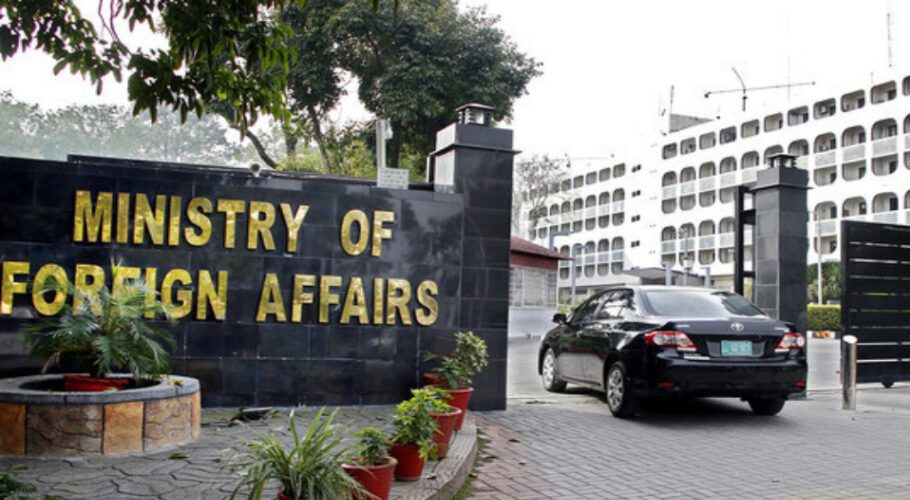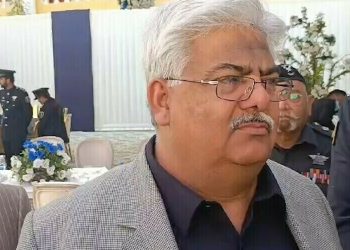Liquidity flow from banks to the private sector has transformed remarkably, with advances reaching an impressive Rs. 447 billion in the first four months of this fiscal year, contrasting with a net debt retirement of Rs. 153 billion in the same period last year.
Experts highlight that surplus liquidity in government accounts, coupled with a sharp interest rate decline, has redefined banking dynamics in Pakistan. The government’s conservative borrowing approach, following a Rs2.7 trillion profit infusion from the State Bank of Pakistan (SBP), allowed it to reject most bids for treasury bills and shift toward borrowing over longer tenors, below initial auction targets.
This strategic shift has created a liquidity surplus, driving banks to increase private sector lending significantly. The substantial reduction in the SBP’s policy rate, a 700 basis points cut to 15% since June 2024 from a historic high of 22%, has played a pivotal role, incentivizing banks to extend loans to private businesses. Many large companies are now borrowing at rates lower than the SBP policy rate, and with liquidity lying idle, banks are keen to maximize its use. The Karachi Interbank Offered Rate (Kibor) is currently around 13%, indicative of prevailing market rates.
With October’s main inflation rate at 7.2%, the real interest rate remains positive at 7.8%, suggesting potential for further rate cuts. Trade and industry leaders have urged the central bank to reduce the policy rate to single digits, as CPI-based inflation has decelerated faster than anticipated.
SBP data reveals that conventional banks led the surge, extending Rs249.5 billion in private sector loans during July-October FY25, compared to a net debt retirement of Rs108.5 billion in the previous year. For the past two years, banks had been reluctant to lend to the private sector, contributing to economic contraction in FY23. This year, however, the government anticipates GDP growth of 2.5% to 3.5%.
Islamic banks also reversed course, providing Rs200.8 billion in private sector loans in 4MFY25, up from a net debt retirement of Rs45.5 billion last year. However, Islamic branches within conventional banks saw a net debt retirement of Rs3.2 billion, following Rs594 million in lending last year.
Bank lending to the private sector in 4MFY25 has already exceeded totals from both FY24 (Rs364 billion) and FY23 (Rs208 billion). This momentum could drive higher economic growth, contingent on reduced government borrowing. Nonetheless, challenges loom as tax revenue fell short in the first four months of FY25, with collection at Rs3.442 trillion—Rs190 billion below the target of Rs3.632 trillion—potentially pressuring the government to turn again to banks for funding.
































